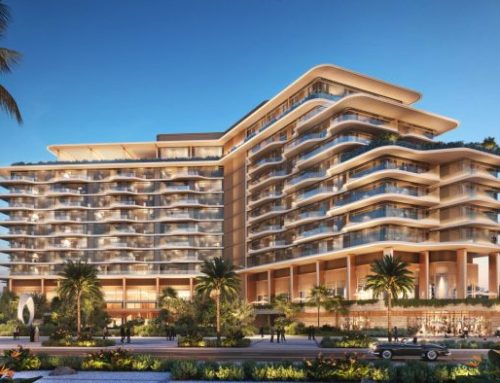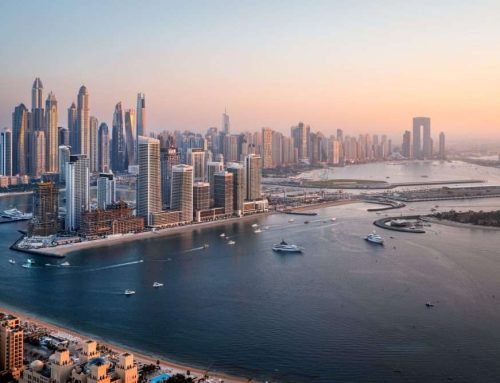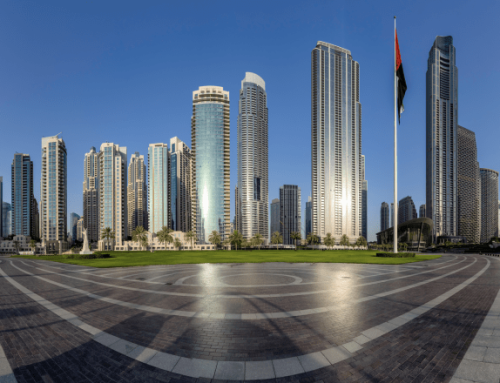Why Dubai’s Rental Market Is Shaped by Indian and British Tenants in 2025

Introduction: A Rental Market Built on Global Diversity
Dubai’s rental landscape has always been influenced by its international appeal. With more than 200 nationalities calling the city home, the mix of cultures plays a direct role in how communities grow, who lives where, and why certain neighborhoods attract specific groups.
Recent data from fäm Properties, based on DXBinteract figures, highlights a clear trend: Indian and British tenants are leading rental numbers across some of Dubai’s most active communities. Their presence provides insight into how demand is forming across both affordable and upscale areas.
This blog breaks down the findings and explores what they reveal about Dubai’s evolving rental map in 2025.
Indian & British Tenants: The Two Major Drivers of Dubai’s Rental Demand
Indian Tenants Lead in Key Suburban and Growing Communities
Indian nationals represent the largest tenant base in five out of ten major areas covered in the analysis. Their presence is especially strong in:
- Jebel Ali First – 52% of tenants
- Al Warsan First – 34%
- Jumeirah Village Circle (JVC) – 12%
- Al Barsha Fourth
- Business Bay
These communities appeal to Indian renters due to a mix of accessibility, affordability, and proximity to workplaces. Suburban districts like Jebel Ali First and Al Warsan First tend to attract long-term residents seeking larger units, quick access to major roads, and family conveniences. Meanwhile, areas like Business Bay draw younger professionals who prefer central locations and modern living.
British Tenants Stand Out in Premium & Waterfront Zones
British nationals appear among the top five tenant groups in eight of the ten communities and dominate in Al Yelayiss 1, where they account for 26% of renters.
They also hold a notable share in:
- Al Wasl
- Jumeirah First
- Dubai Creek Harbour
These are established or premium communities favored for their walkability, coastal access, and upscale residential offerings. Their mix of villas and high-quality apartments typically aligns with British expatriate preferences for lifestyle-forward neighborhoods.
What This Reveals About Dubai’s Rental Landscape in 2025
1. Community Choices Reflect Cultural and Lifestyle Preferences
Dubai’s diversity naturally leads to clusters of residents forming around familiarity, convenience, and lifestyle fit.
- South Asian renters are more prevalent in fast-growing suburban communities with efficient transport links and practical layouts.
- European renters, including British nationals, are more common in established waterfront districts, heritage zones, and central neighborhoods.
These preferences shape tenant distribution, further defining the identity of each area.
2. Demand Spreads Across Both Affordable and Premium Segments
Indian tenants form a large share of renters in communities that offer strong value and day-to-day practicality.
British tenants, on the other hand, appear more frequently in premium developments, where coastal access and central locations play a bigger role in decision-making.
This mix highlights how Dubai continues to cater to a wide demographic, supporting growth in multiple market segments.
3. A City Built for Global Residents
More than 200 nationalities living and renting in Dubai is a testament to the UAE’s continuing global appeal.
The range of nationalities reinforces Dubai’s position as one of the world’s most multicultural cities, shaping:
- Rental demand
- Community development
- Lifestyle expectations
- Future investment opportunities
As the city expands, this diversity will remain one of its strongest characteristics.
How This Trend Benefits Landlords and Investors in the UAE
1. Strong, Consistent Rental Demand
High occupancy rates in areas like JVC, Business Bay, Dubai Creek Harbour, and Al Wasl show that a wide mix of tenants is entering and renewing leases. For investors, this reflects a stable rental cycle supported by both affordability and premium demand.
2. Clearer Insights for Location-Based Investment Choices
Understanding which groups prefer which communities helps investors make well-informed decisions.
For example:
- Indian renters often favor areas with strong road connectivity and family-friendly layouts.
- British renters are drawn to waterfront zones, walkable areas, and lifestyle-centered neighborhoods.
This allows investors to align purchases with expected tenant demographics.
3. Evolving Communities and New Development Opportunities
As Dubai continues to expand its residential districts, developers observe these demographic trends and respond with communities that match cultural and lifestyle preferences. This ongoing cycle shapes future supply, demand, and property planning.
Conclusion: A Rental Market Built on Diversity and Growth
Indian and British renters continue to play a major part in shaping Dubai’s rental landscape, influencing everything from the popularity of certain neighborhoods to long-term urban planning. Their strong presence highlights the UAE’s position as a global hub where residents from around the world build their lives, careers, and communities.
Dubai’s growth is closely linked to its multicultural identity, and this dynamic will remain one of the core drivers of its real estate market, whether in suburban districts, premium waterfront areas, or new master developments.
Looking to Explore Dubai Communities or Seek Guidance?
Property Shop Investment (PSI) helps tenants, landlords, and investors navigate the UAE property market with confidence.





